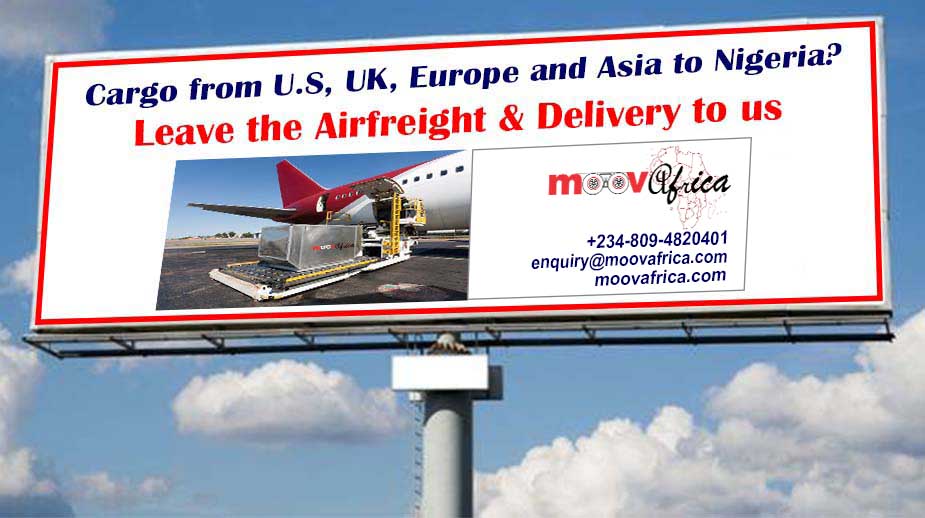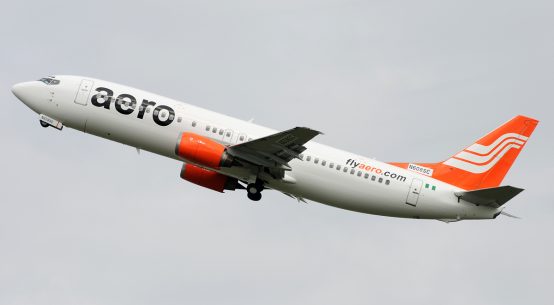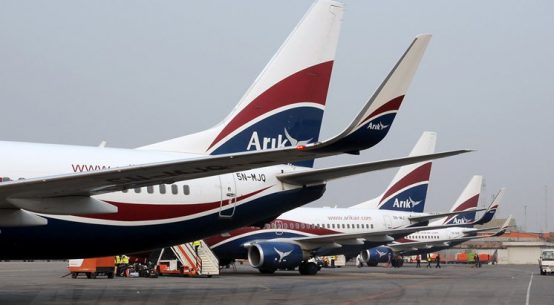Frankfurt is Europe’s busiest cargo airport.
Europe has always been at the forefront of the air cargo industry, setting the standards in terms of airports and their adjoining cargo facilities. The continent has some of the most strategically positioned and technologically advanced hubs.
Major air cargo facilities in Europe are now capable of handling millions of tonnes of goods each year. Germany, the most dynamic state in terms of cargo operations, handles a sizeable chunk of European cargo movements. Other big contributors are the countries with highest GDP rates, such as France and the UK and also Benelux that host the operations of significant cargo carriers.
With 2.1 million metric tonnes of cargo in 2015, Frankfurt Airport (FRA) is considered one of the premier air cargo hubs in Europe and ranks among the top 10 worldwide. In 2015, Frankfurt Airport attracted more than 180 airlines (passenger and all-cargo airlines) serving almost 400 destinations in nearly 120 countries.
Imagine your Ad placed here
“The airlines also benefit from the high density of forwarders located at FRA. Moreover, Frankfurt Airport is located right at the busiest highway intersection in Europe, thus optimally linking air and road travel in a way that is without par anywhere in the world,” explains Dirk Schusdziara, Senior Vice President Cargo at Fraport AG.
Being a very export-oriented country, Germany needs excellent infrastructure and connectivity. Air cargo – like no other transport mode – ensures safe, reliable, and fast transport. Thus, Frankfurt Airport is often even considered as the backbone of the German industry. Almost 50 percent of all German air cargo is flown via FRA.
Emphasising the importance of the cargo segment, Schusdziara says, “Even though cargo is not always in the focus when talking about airports, a good balance between passenger and cargo traffic is essential for any airport’s development. Most people forget that also passenger planes carry large amounts of cargo. At FRA, almost 40 percent of cargo is transported in passenger planes.”
With the introduction of new aircraft types – like the Boeing 777 or the new A350 (which are able to carry even more amounts of cargo) – this rate is expected to go up. For airlines, a lot of routes are only profitable because of the cargo transported in the aircraft’s bellies. “This correlation makes cargo so important to us: thanks to the high cargo volumes handled at FRA, we also support the passenger business,” he added.

The ongoing digitalisation of the airport’s processes will play in achieving new efficiencies for the various logistics providers at FRA. Therefore, the airport is supporting the Fair@Linkcargo community system at FRA. This digital system allows the dynamic exchange of information between all players involved in the logistics chain.
Another important airport in the German arena is Munich Airport. The cargo business is an inherent part of Munich Airport’s corporate strategy. The region is famous for its economic strength and home for important industries, such as high-tech, IT and automotive. Germany’s Southern region handles 40 percent of the country’s total cargo volume. Global players such as Siemens, BMW, AUDI, Porsche, Daimler, Bosch have their headquarters and production plants in Southern Germany as well as important production sites in the US and China. Furthermore, additional investments from these and other Southern German corporations are planned in those markets. “With its large flight network and the proximity to those global players, Munich is the perfect gateway for cargo traffic. The fact that the leading transport and logistics companies are constantly increasing their engagement in Munich proves this fact,” says Markus Heinelt, Director-Traffic Development Cargo, Munich Airport.
2015 was another record year for Munich Airport’s cargo sector on the back of increased belly capacities and overall capacity growth due to new freighter services. Also the fact that the traffic concentration at the Munich hub was well received and marketed by the logistics companies.
Talking about new investments and developments for Munich Airport, Heinelt reveals, “Currently we are screening opportunities to expand our cargo areas to several thousands of square meters due to requirements by clients. We are currently in negotiations with various interested parties. A decision is expected very soon.”
Amsterdam’s Schiphol Airport has been working with its community and customs for the past few years to achieve streamlined processing of cargo through the airport. Among many achievements are eLink – a smart card which gives delivering truck drivers access to secure areas, allocates handling agent truck doors, and enables upload of all shipment data directly to the handler’s system. This makes the process faster and paperless. Around 40 percent of all exports now use eLink.
“We also have a new Joint Inspection Centre which fully opens this year, bringing all regulatory bodies and inspections under one roof, facilitating remote scanning of cargo at the handlers, and reducing the need for physical inspection and resulting delays,” explains Jonas van Stekelenburg, Head of Cargo, Amsterdam Airport Schiphol.
The airport is also currently running a pilot for “Milkrun”, which consolidates all trucking between transit sheds and forwarders through a single operator, reducing traffic, cost and pollution. This will extend to exports and the whole community in due course.
“We have just launched Pharma Gateway Amsterdam, which will unite many of our airport’s handlers, airlines, forwarders and truckers in a single, transparent, IATA-CEIV Pharma compliant community, with strong global branding and marketing designed to strengthen our proposition as Europe’s pharma gateway,” he added.
Schiphol is unique among European major hubs with no constraints on expansion. “We are currently developing three logistics parks near the airport. Schiphol’s hinterland connections across Europe are excellent and enable us to serve a very wide market. We are Europe’s 8th largest economy, but Schiphol is its third largest cargo hub,” boasts Stekelenburg.
As Europe’s fast-growing hub, Luxembourg airport is a cargo dedicated airport with a long history of full freighter operations. “We have recorded an increase of 4.7 percent of handled volumes which is equivalent to 34,000 tonnes. The continuous investment program did not slow down in 2015. During 2014-2015, 30 percent of the high loaders have been exchanged with new 35-tonne capacity equipment. Investment will also remain at a very high level for 2016,” mentions Johan Vanneste, President and CEO, Luxembourg Airport.
The infrastructure and operational know-how provided by LuxairCARGO, does cover the complete range of services which might be required by a carrier. The fact that ramp, warehouse and truck handling is managed by the same entity, delivers a seamless supply chain without risk of process interruptions. Live shipment data is available all the time in the same IT system and communication with carriers and forwarders tailor-made according to their requirements.
Even though that LuxairCARGO is an independent GHA, the infrastructure resembles those of an in-house handling hub operation. With the European hub of Cargolux in LUX, LuxairCARGO has developed the platform according to the needs of a global player.
Brussels Airport, another major cargo hub in the Benelux region handles 700,000 tonnes of airfreight annually in the dedicated cargo area BRUcargo. Brussels Airport links the European capital with 231 destinations worldwide that are served by 88 different airlines: 74 passenger airlines and 14 full-freighter airlines. With its ideal location as a European gateway, the airport offers logistical solutions to today’s challenges for its cargo customers.
The temperature controlled segment is a strategic priority for Brussels Airport, to further develop BRUcargo as the preferred pharma gateway in Western Europe. The Brussels Airport Authority takes a leading role in promoting and creating transparency in the cold/cool supply chain. Several strategic projects are ongoing, aiming at improving the smooth handling of time and temperature sensitive cargo at Brussels Airport.
The cargo hub at Charles De Gaulle Airport in Paris covers a massive area with six cargo terminals. With a reported 30 percent share of air freight in terms of the value of French exports, the airport has seen strong growth in express freight in recent years, with FedEx most notably establishing its second global hub at the site. Other major express players at the airport include UPS, DHL and TNT. The French Post Office and its subsidiaries have a strong presence at the airport.
Heathrow Airport’s cargo head Nick Platts is looking at revolutionising the UK hub’s airfreight facilities. Towards the fag-end of 2015, a blueprint for the doubling of cargo volumes at Heathrow within 15 years was announced. With an approximate investment of £180million, five major process changes are expected to be in place by the end of 2017.
Heathrow is an important facilitator of the British economy, with around 70 percent of UK air cargo passing through Heathrow, equivalent to 26 percent of UK trade by value. Said Platts in a news report: “We are investing millions in revolutionising cargo at Heathrow to become one of the leading airports in Europe, an investment that is going to halve cargo throughput times, and streamline processes to make Heathrow better for airlines and forwarders.”
Follow us on TWITTER for more Logistics News Follow us on FACEBOOK for more Logistics News
As an airport that secures 95 percent of its freight volumes via passenger aircraft belly holds – more than Frankfurt and Schiphol combined – Heathrow has to prepare for the next generation of wide-bodied aircraft with their capacious cargo holds, often labelled as mini-freighters.












